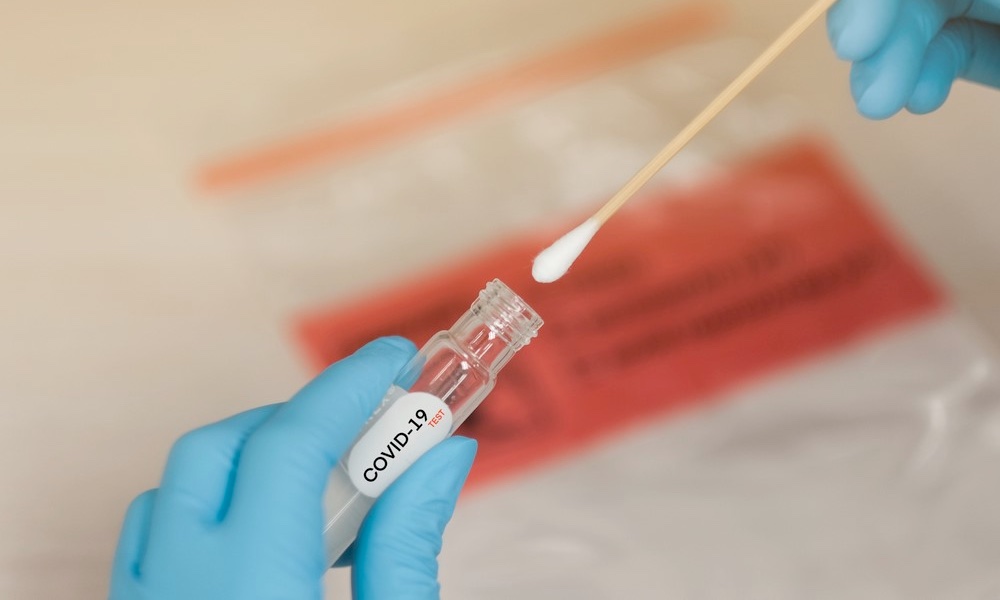SARS-CoV-2, the virus behind the COVID-19 pandemic, has upended long-held assumptions about the spread of disease. Not only is a person who is asymptomatic able to transmit the virus, a person who is presymptomatic can also infect another.
Rapid testing could protect uninfected people from these pre- and asymptomatic blind spots. If rapid COVID-19 tests were universally available, testing just half the population weekly could eradicate the virus within weeks, according to a new study. Even though the PCR — polymerase chain reaction — test is considered the gold standard, less expensive, rapid tests yield the kind of information that is needed to determine who should stay at home.
To explore whether test sensitivity, frequency or turnaround time is most important to curb the spread of COVID-19, University of Colorado Boulder and Harvard T.H. Chan School of Public Health researchers looked at how viral load rises and falls during SARS-CoV-2 infection — when one is symptomatic and when one becomes contagious.About two-thirds of those who are infected have no symptoms. As they await their results, they continue to spread the virus.
“First, there is an undetectable phase where the virus cannot be detected at all, and you don't feel sick,” Larremore explained. This usually lasts a few days. “Second, the virus rapidly proliferates, becomes detectable via testing, and within a few days reaches peak viral load. [W]hen we take a sample from your nose to analyze, there can be billions or more virus particles in each milliliter of sample! For those who go on to develop symptoms — not everyone does — this would be the presymptomatic phase.”
In the third phase of infection, symptoms may or may not occur even within a day or two of peak viral load. “Not all people develop symptoms, and many have mild symptoms that they identify as COVID-related only after a diagnosis. We don't know why some COVID-19 cases are severe, while others are mild, or even totally asymptomatic,” Larremore said.
The body fights back in the fourth phase, but at this point viral loads can be so low the virus may be undetectable, though this varies a lot from person to person, Larremore added.
The viral load grows rapidly and then declines not quite as rapidly as the virus progresses through the four phases. According to Larremore, “…[It] gives us a window during which to detect the virus but also gives us a key window when we need to stop transmission.” The time frame may be a bit longer for people with clear symptoms, but not by much.If rapid COVID-19 tests were universally available, testing just half the population weekly could eradicate the virus within weeks
These changes in viral load affect testing as well as transmission. Test sensitivity varies widely. The benchmark PCR test can catch the virus very early or very late. It requires as little as 5,000 to 10,000 viral RNA copies per milliliter of sample.
Antigen tests require a fairly high viral load — about 1,000 times more virus compared to what a PCR test needs — to detect infection. Another test, the RT-lamp (reverse transcription loop-mediated isothermal amplification), can detect the virus at about 100 times as much virus as does the PCR.
Frequent testing with rapid tests could save lives. One scenario had 4 percent of individuals in a city already infected. Rapid testing three out of four people every three days reduced the number of people ultimately infected by 88 percent, enough to “drive the epidemic toward extinction within six weeks,” the researchers say.
The U.S. has been slow to adopt any sort of serious, universal testing policy. Around the world, however, universal testing programs are expanding. Larremore pointed to Slovakia and the United Kingdom as countries beginning to put some of the team’s ideas about rapid testing into practice.
The study is published in the open-access journal Science Advances.





